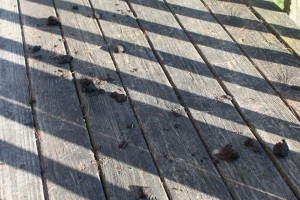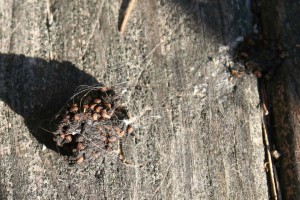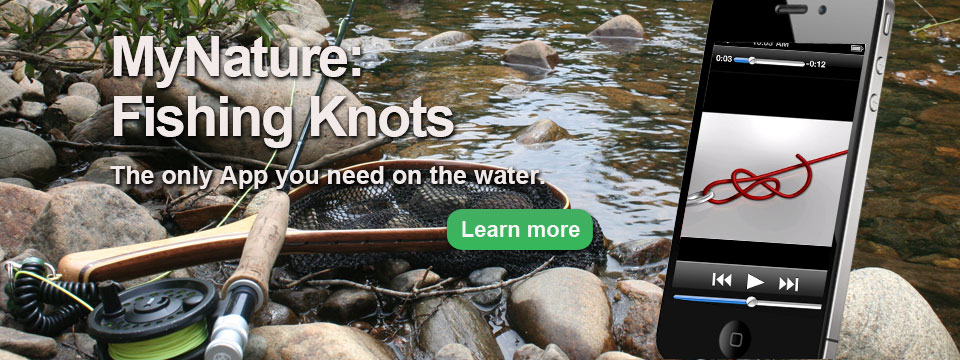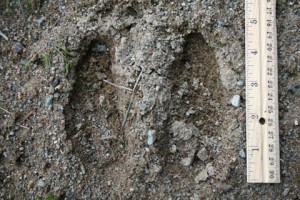Animals by nature are very elusive creatures and for the most part we only see the sign they leave behind rather than the animal itself. One of the most common signs you’ll find left by animals is their scat. Scat for the those not familiar with the term is just a nicer way to refer to their solid wastes, droppings or simply put, poop! Some animals do their business anywhere at any time and others will use the same spot or general area over and over again to stake out their territory.
Is it possible to tell what animal left a turd here or there? Certainly it is, all you need is a basic understanding of what animals inhabit the area, what those animals eat and a general idea of what shape and size each animals scat is. In some instances it helps to know the mentality of an animal as well, or better put, the audacity of an animal. All that said I come to the simple question of , who crapped on my deck? 
By process of elimination I can narrow this right down to the most probable culprit. Where I live we have the following mammals: Woodchucks, Fishers, Pine Martens, Bobcat, Gray Fox, Coyotes, Raccoons, Otter, Mink, Black Bears, Porcupines, Beaver, Muskrat, Whitetails, Moose, Snowshoe Hare and a handful of small rodents like Chipmunks and Red Squirrels. Your thinking that’s a fairly long list to whittle down to the exact animal aren’t you? Well, its not really that hard and here are the simple deductions with a just a little bit of knowledge mixed in.
- Squirrels and small rodent have rice-like scat, so it’s definitely not one of those.
- Beavers, Otters, Mink and Muskrats are aquatic animals and there is no water nearby so we can scratch them off.
- Snowshoe Hare, Whitetail Deer and Moose, their scat is most often in a pellet form, think of Raisenettes or Malted Milkballs, definitely not them, and what would a deer be doing on my deck? Hey… it’s happened before but just not this time.
- Woodchuck? Nope, Woodchucks always, 99% of the time deficate in one of their underground chambers made especially for that purpose.
OK, we eliminated a few possibilites and now were left with the choices of Pine Marten, Fisher, Coyote, Gray Fox, Raccoon, Black Bear, Bobcat or Porcupine. If we look at the scat itself it has hair in it which means that whatever dropped a load on my deck ate another animal or in scientific terminology is a carnivore, but wait, there’s also berry seeds in the scat making our carnivore now an omnivore. Omnivore is just another fancy term for an animal that eats both plants and meat (meat= another unfortunate animal). 
- We can immediately scratch off the Porcupine because they are herbivores and only eat plants.
- Fishers, Bobcats and Martens are going to stick with meat so we won’t be finding seeds in their poop… drop them off the list.
Wow!! We’re getting down there in number aren’t we? We only have 4 possibilities left: Gray Fox, Coyote, Raccoon or Black Bear. All 4 are omnivores and we could go by size and shape of the scat to eliminate these four further down but were going to look at it from a different perspective. Mentality or Audacity, which animal of the four animals left would be fearless enough to come up on my deck and relieve themselves. Definitely not a fox or coyote their just way to skitish to even think about it. So were left with Mr. Raccoon or Mr. Bear both oppurtunists by nature seeking out the easiest meal they can get. We can simply just go by size now, a Black Bears scat is from 1 1/4 inches to up to 2 inches in diameter. Or scat is clearly smaller than an 1 1/4 inches in diameter. so the question of “Who Scat Here” is unmistakably Mr. Raccoon!!
 On a more serious note, NEVER, EVER touch, smell or taste animal scat! Always wear gloves and use a stick to probe scat when identifying it. Raccoon Scat in particular may contain the larva of parasitic roundworms which if inhaled or ingested can cause serious illness or even death!
On a more serious note, NEVER, EVER touch, smell or taste animal scat! Always wear gloves and use a stick to probe scat when identifying it. Raccoon Scat in particular may contain the larva of parasitic roundworms which if inhaled or ingested can cause serious illness or even death!
Enjoy Nature !!















What Others Have to Say